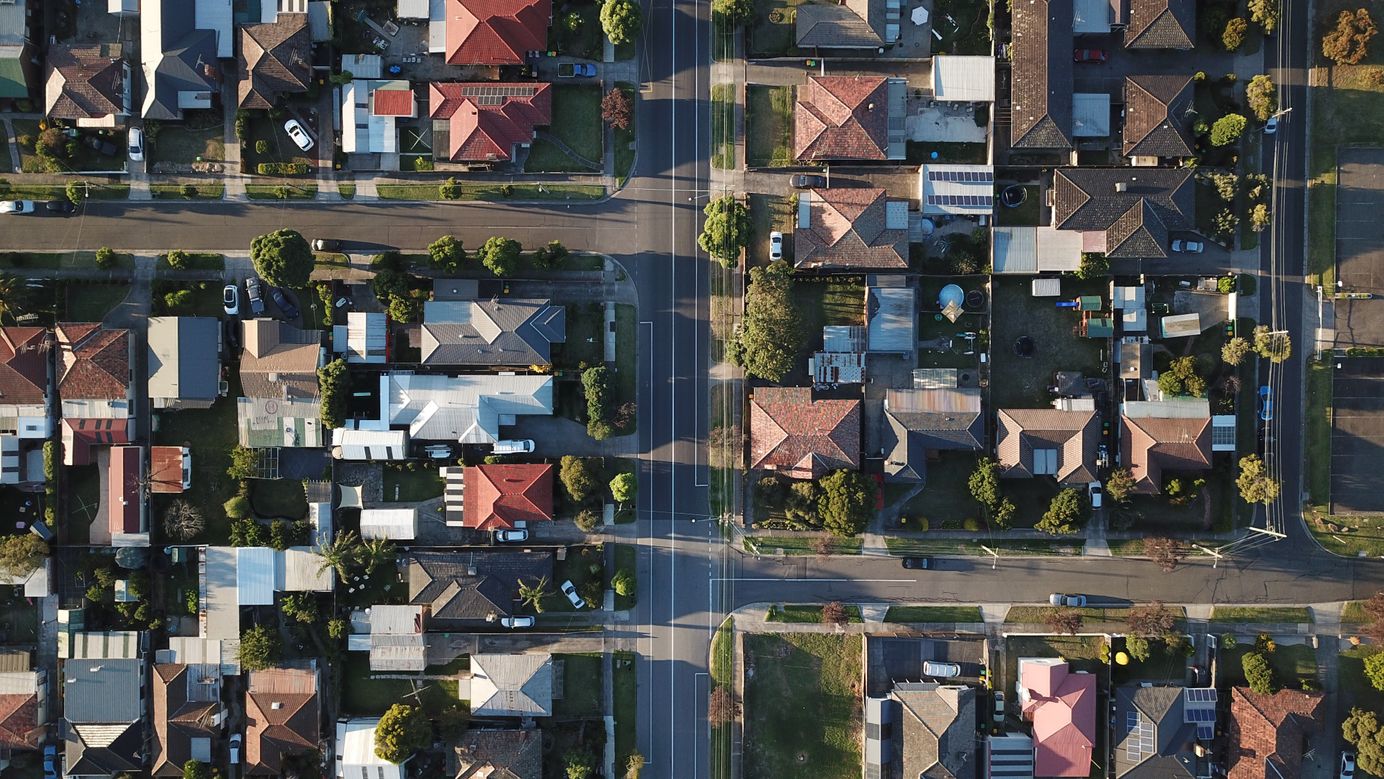
Finding the Right Financing: Fixed-Rate and Adjustable-Rate Mortgages
What's the difference between fixed-rate and adjustable-rate mortgages? Find the right home loan for you.
Purchasing a home often requires a hefty commitment in both time and money – finding the right loan with the terms that best suit your situation is crucial. Common loan types used to buy a home are fixed-rate and adjustable-rate mortgages (ARMs).
These types of mortgages vary in duration, monthly payment and the total amount of interest paid out over the life of the loan. The main factors a borrower should consider when choosing between a fixed-rate and an adjustable-rate is the length of time the borrower plans to reside in the home and how much they can afford to pay every month.
How the Fixed-Rate Mortgage Works
Fixed-rate loans usually have a term of either 15 or 30 years in length and features a fixed interest rate that won’t fluctuate beyond the set Federal limit. This variation affects the monthly payment as well as the total amount of interest paid.
A loan divided over the course of 30 years will have a lower monthly fee but that same span of time will allow for a greater amount of interest to accrue. However, a lower monthly payment makes the loan manageable and borrowers can expect to pay a consistent rate of interest throughout the duration of the loan. According to The Federal Home Loan Mortgage Corporation (Freddie Mac), mortgage rates have hovered between 5% and 4% since 2010.
30-Year Fixed-Rate Mortgage
While a mortgage with a duration of 30 years will accrue more interest over the life of the loan, the lower monthly payments enables the borrower to qualify for a larger loan. The current rate of interest for a 30-year fixed-rate mortgage is 3.68%.
15-Year Fixed-Rate Mortgage
A 15-year mortgage requires a higher monthly payment but accrues less interest over the shorter life span of the loan. This option enables the borrower to save money over the long term and builds equity sooner as the principal is paid faster than that of a 30-year mortgage. The current interest rate for 15-year fixed-rate mortgages is 3.14%.
Adjustable-Rate Mortgages
Adjustable-rate mortgages usually have a term of 15, 30 or 40 years with an introductory period that features a lower fixed-interest rate. After the introductory period has lapsed, the interest rate will increase periodically based on the Index and Margins. Most lenders offer introductory periods that last 3, 5, 7 or 10 years with adjustment periods that occur annually. An incentive to select an adjustable-rate loan is if the borrower only plans on living in the home for a shorter period of time before reselling it. The current rate of interest for 5 year adjustable-rate mortgage with a 1 year introductory period is 3.39%
Index and Margins
The two determining factors in the amount of interest a borrower can expect to pay following the conclusion of the introductory period is set by the Index and the margin. The Index represents the benchmark interest rate determined by The Federal Reserve and reflects the general condition of the market. The margin is the percentage points that are added to the existing index and is set by the lender in the terms of the loan prior to closing. The Index and margin are added together, creating the total amount of interest a borrower would owe on top of the monthly payment. While the Index can increase, it can also decrease, resulting in a lower amount owed each month during that adjustment period.
Final Word
In most cases, the determining factor when selecting either a fixed-rate or adjustable-rate mortgage is the cost of the home and the amount of money the borrower is willing to spend.
30-year fixed-rate mortgages enable borrowers to access larger loans but have the drawback of paying more interest over the duration of the loan. However, this may be preferred by a borrower who plans on living in the home for a longer period of time and who want the financial freedom of a lower monthly payment. On the other hand, short-term fixed-rate mortgages are paid back in a shorter period of time, resulting in a lower overall cost but can limit the amount a borrower can obtain.
An adjustable-rate mortgage comes with a higher level of risk considering the possibility of the Index increasing. However, ARMs can guarantee a lower cost during the introductory period, which is cost effective for borrowers who only plan to reside in the home for a short period of time.








